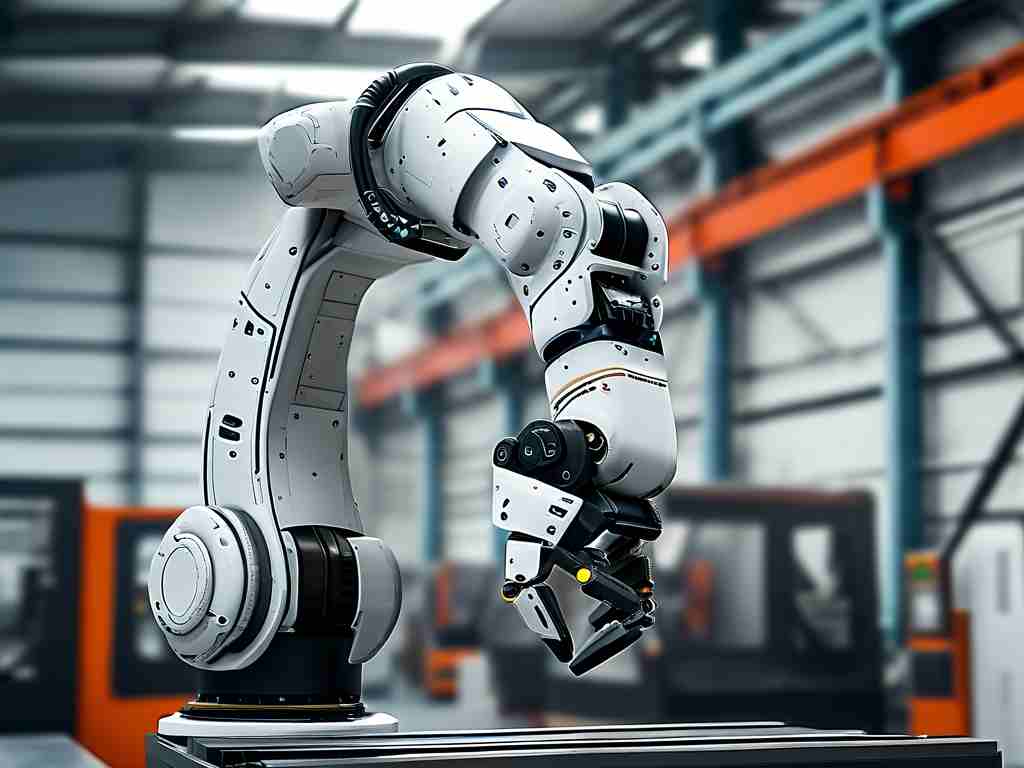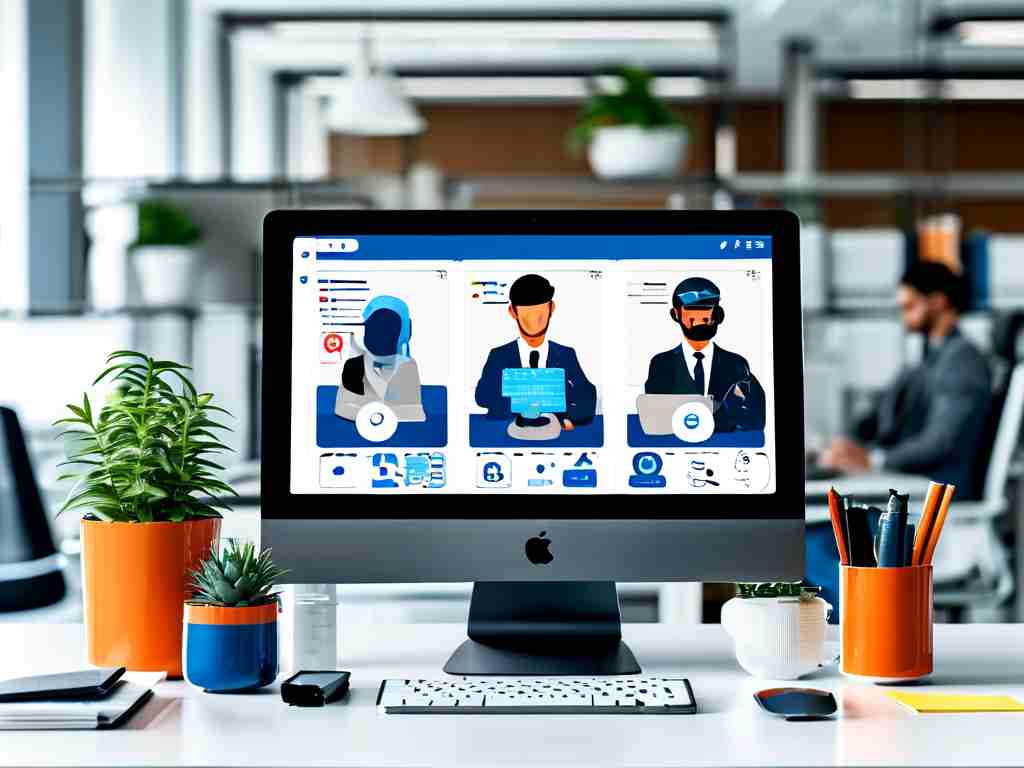The rise of artificial intelligence has brought massive models like GPT and BERT to the forefront, transforming industries from healthcare to finance. However, deploying these complex systems manually proves inefficient and error-prone, leading to delays and wasted resources. Automated deployment emerges as a game-changer, streamlining the entire process to ensure scalability and reliability. By leveraging tools such as Kubernetes for orchestration and Docker for containerization, teams can handle model updates seamlessly without human intervention. For instance, a simple Python script using Kubernetes APIs can automate the rollout of a new model version, reducing downtime significantly. Below is a code snippet demonstrating this approach:

from kubernetes import client, config
def deploy_model(model_version):
config.load_kube_config()
api = client.AppsV1Api()
deployment = client.V1Deployment(
metadata=client.V1ObjectMeta(name="ai-model-deploy"),
spec=client.V1DeploymentSpec(
replicas=3,
selector=client.V1LabelSelector(match_labels={"app": "model"}),
template=client.V1PodTemplateSpec(
metadata=client.V1ObjectMeta(labels={"app": "model"}),
spec=client.V1PodSpec(
containers=[
client.V1Container(
name="model-container",
image=f"registry/model:{model_version}",
ports=[client.V1ContainerPort(container_port=5000)]
)))
)
api.create_namespaced_deployment(namespace="default", body=deployment)
print(f"Model version {model_version} deployed successfully")
This automation not only cuts deployment time from hours to minutes but also enhances consistency, as every environment mirrors the same configuration. Integrating continuous integration and delivery (CI/CD) pipelines adds another layer of efficiency; tools like Jenkins or GitHub Actions trigger tests and deployments automatically upon code commits, catching errors early. One major benefit is cost reduction—automated scaling adjusts resources based on demand, preventing over-provisioning in cloud setups like AWS or Azure. Moreover, it boosts security by enforcing policies through infrastructure-as-code frameworks such as Terraform, where changes are version-controlled and auditable.
Despite these advantages, challenges persist, such as managing model drift or ensuring data privacy during automated workflows. Teams must adopt monitoring solutions like Prometheus to track performance metrics and alert on anomalies. Looking ahead, the trend leans towards serverless architectures and AI-specific platforms like MLflow, which simplify deployment for non-experts. Ultimately, embracing automation empowers organizations to innovate faster, turning AI prototypes into production-ready solutions with minimal friction. As more industries adopt this approach, the future promises even smarter, self-managing systems that adapt on the fly.









